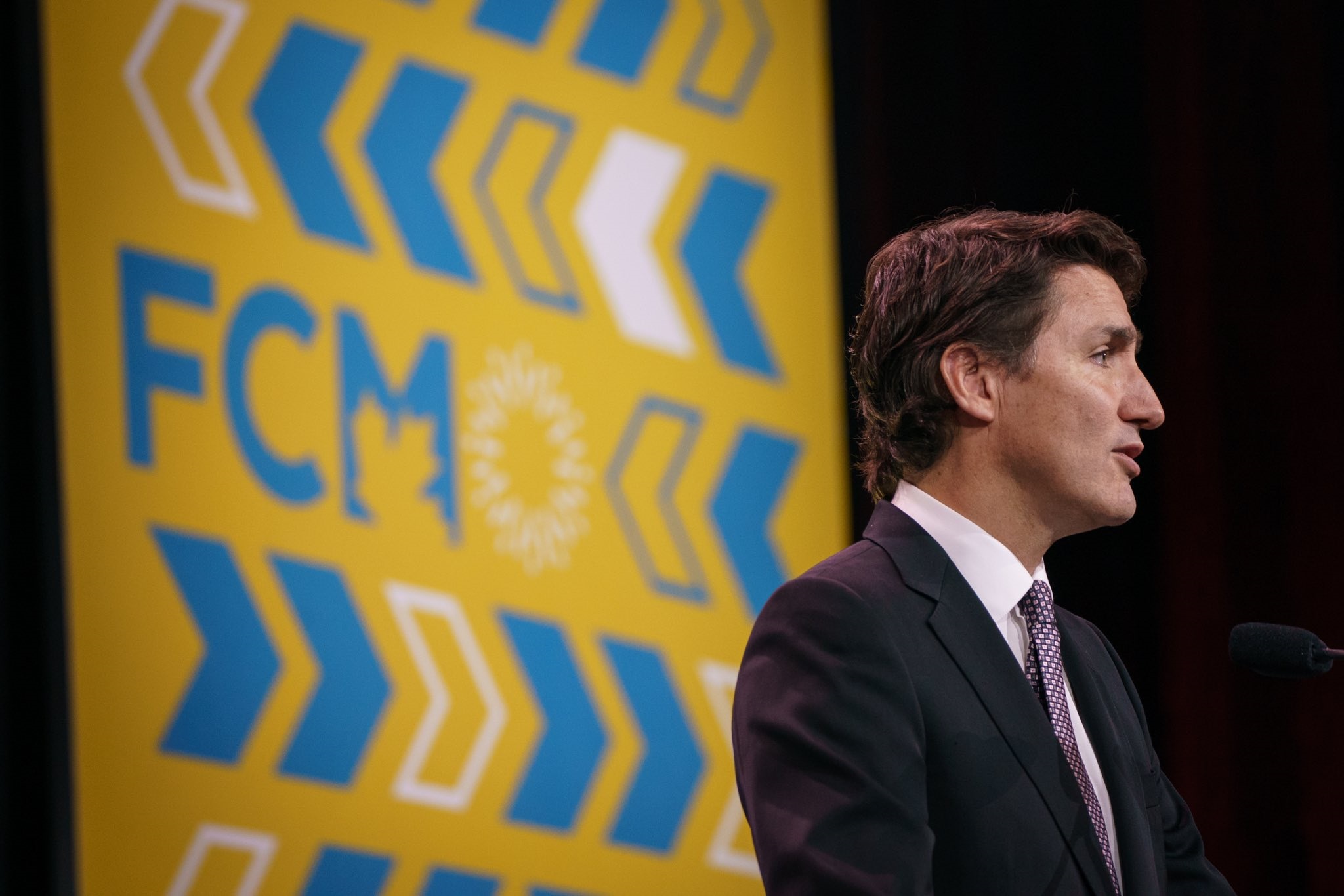Batteries: Canada spends everything on Stellantis and Volkswagens, but forgets metals

Canada is offering multibillion-dollar subsidies to Volkswagen and Stellantis to build battery factories. But forget the raw materials, i.e. the critical metals in which it is rich. And so mines and refineries are struggling to start
Canada is trying to use the energy transition to its advantage, leveraging its proximity to the United States, free North American trade and critical mineral deposits in its subsoil to attract foreign investment and position itself as a key player in the new industrial mobility chains electric. However, the geographical, geological and commercial advantages do not seem to be sufficient to convince companies: subsidies are also needed, considering the very generous tax credits provided by the United States with the Inflation Reduction Act .
THE MULTIBILLION-DARE SUBSIDIARY TO VOLKSWAGEN AND STELLANTIS
Thus, the federal government of Canada will provide the German carmaker Volkswagen with a subsidy of 13 billion Canadian dollars over a decade for the construction of a large battery plant for electric vehicles in St. Thomas, in the south of the province of Ontario. Stellantis — which announced a battery plant in Ontario last year in partnership with South Korea's LG Energy Solutions, then halted work — could get an even bigger sum, according to Bloomberg , to at least match the US incentives.
CANADA IS OVERLOOKING CRITICAL MINERALS
According to international affairs experts Giancarlo Da-Re, Matthew Funk and Rachel Ziemba, this is not a financially sustainable approach. What's more, all these subsidies to battery factories are leaving out "a key ingredient," they wrote in an opinion piece for the Globe and Mail , Canada's leading newspaper: Critical minerals — battery raw materials like lithium, nickel and graphite.
In Lac-des-Îles, in Québec, for example, there is the only large graphite mining project in North America; the company that manages it, Northern Graphite, would like to open another mine in Ontario, but the many investment risks make it difficult for it to access the necessary capital.
Ottawa has a critical minerals strategy to help exploit these resources it “has in abundance,” write Da-Re, Funk and Ziemba, “but has been slow to build mines for extraction and plants for the processing” of raw materials, a fundamental step for their use in batteries. As a result, Canada “focused on the final product and the ultimate goal [electric car batteries, ed ], but neglected the necessary ingredients and the route to get there [the mined and refined metals, ed ]. It is a sign of a focus that goes beyond Canada's advertised benefits (its mining capabilities) and a lack of dedicated resources to the deeper challenges holding back our country."
THE UNITED STATES HAVE THE SAME PROBLEM
The three experts then point out that the problem does not only concern Canada but also the United States, which also possess important deposits of some minerals crucial for the energy transition (lithium, rare earths, cobalt and copper, for example) and which would like to exploit them to ensure the security of supplies and detach from China, which has a very strong grip on the metal supply chains. Even in the United States, in short, there have been many more announcements of battery factories than mines or refineries.
THE TIMES (LONG) FOR THE AUTHORIZATIONS
“Canada needs a complete battery supply chain, from raw material to final product. It needs mines, processing plants and recycling facilities, not just a battery plant."
– Read also: Why Italy needs an anti-China mining plan
The so-called Ring of Fire , a region in Northern Ontario, is estimated to contain $90 billion worth of mineral resources. Yet, despite the enthusiastic speeches that have been going on for decades, mining has not yet begun. The development of the area is hampered by the lack of infrastructure (the construction of the roads alone would require a cost of 2 billion dollars) and by the difficulties in obtaining permits.
The permitting , often linked to conflicts with the native populations over the exploitation of the land, is also slowing down mining development in other areas of Ontario and in the province of British Columbia. It takes an average of fifteen years to open a mine in Northern Ontario; in British Columbia about thirteen.
THE REAL PROBLEM IS REFINING
More than in the mining activity, however, the real investment gap is in the next link of the value chain, that of metal refining for batteries; it is also the most critical link because it is precisely in the midstream that Chinese dominance is strongest.
Da-Re, Funk and Ziemba complain about last month's suspension of Vital Metals' pilot project in Saskatchewan (Western Canada) due to lack of access to commercially viable raw materials. “This issue reflects the need to coordinate projects along the supply chain and to invest in new financial instruments and strategic reserves to better hedge against price volatility”.
Instead, the Canadian federal government has allocated only 40 million for the efficiency of the authorization procedures. “Canada's strategy for critical minerals has great ambitions,” the three experts write in the Globe and Mail , “but these plans will remain unfulfilled without a greater degree of attention and funding. To truly unlock the potential of Canada's critical minerals, more attention and resources need to be paid to upstream challenges, such as partnerships with First Nations, infrastructure development and permit reform."
This is a machine translation from Italian language of a post published on Start Magazine at the URL https://www.startmag.it/energia/canada-sussidi-minerali-critici-batterie/ on Fri, 02 Jun 2023 05:57:35 +0000.
